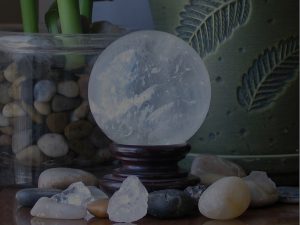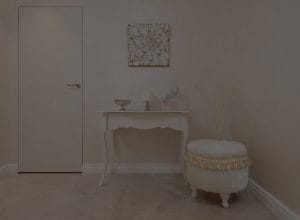**Transform Your Space: Unlocking the Secrets of Feng Shui for Beginners**
Feng Shui for Beginners offers simple yet effective steps to transform your living environment into a harmonious space that promotes well-being and positivity. Discover how to harness the ancient art of Feng Shui to enhance your life today!
Understanding Feng Shui: The Basics
Feng Shui, an ancient Chinese practice, revolves around the idea that our surroundings influence our energy and overall well-being. The term literally means “wind” and “water,” reflecting the natural forces that shape our environments. By arranging your space mindfully, you can create a flow of positive energy, or “chi,” that nurtures your physical and emotional health.
Feng Shui is not just about aesthetics; it’s a holistic approach that connects the physical with the spiritual. For beginners, understanding the five elements—wood, fire, earth, metal, and water—is essential. Each element represents different energies and can be incorporated into your home to balance your environment.
Creating Balance: The Bagua Map
A crucial tool in Feng Shui is the Bagua map, which serves as a guide to understanding the energy distribution in your space. The Bagua is divided into nine sections, each corresponding to different aspects of life such as health, wealth, and relationships.
To use the Bagua map, stand at your front door and visualize dividing your space into these sections. By enhancing specific areas with corresponding elements, colors, and shapes, you can improve those areas of your life. For instance, adding plants in the health section can promote vitality, while incorporating mirrors in the wealth section can attract abundance.
Decluttering: The First Step to Harmony
Before you can truly embrace Feng Shui, decluttering is essential. A cluttered space can block the flow of chi and create feelings of stress and anxiety. Begin by evaluating each room and removing items that no longer serve you or bring you joy.
Consider adopting the “one in, one out” rule: for every new item you bring into your home, let go of an old one. This practice not only keeps your space organized but also encourages mindfulness about your possessions.
Color and Light: The Power of Energy
Colors play a vital role in Feng Shui, as they can evoke specific emotions and energies. For instance, blues and greens promote tranquility, while reds and yellows can energize and uplift.
Incorporating natural light into your space is equally important. Sunlight enhances mood and vitality, so consider using sheer curtains to allow light in while maintaining privacy. If natural light is limited, strategically placing mirrors can help reflect light and create a sense of openness.
Furniture Arrangement: Enhancing Flow
The arrangement of furniture significantly impacts the flow of energy in a room. Aim for a layout that promotes conversation and connection, avoiding blocking pathways with large furniture.
In the living room, arrange seating in a circular or semi-circular formation to foster communication. In the bedroom, position the bed in a commanding position, where you can see the door without being directly in line with it, creating a sense of security.
Personalization: Infusing Your Space with Intention
Feng Shui encourages you to personalize your space with items that resonate with you. Whether it’s art, photographs, or meaningful objects, these items should reflect your values and aspirations.
By surrounding yourself with things that inspire you, you enhance the energy of your space. Remember, the goal is to create an environment that feels authentic and nurturing, where you can thrive.
Conclusion: Embrace the Journey
Feng Shui is a continuous journey rather than a destination. As you implement these simple steps, remain open to change and intuition. Your living environment is a reflection of your inner self, and by transforming it, you can cultivate a life filled with positivity, balance, and abundance.
Start today with these foundational practices, and watch as your space—and life—transforms!










